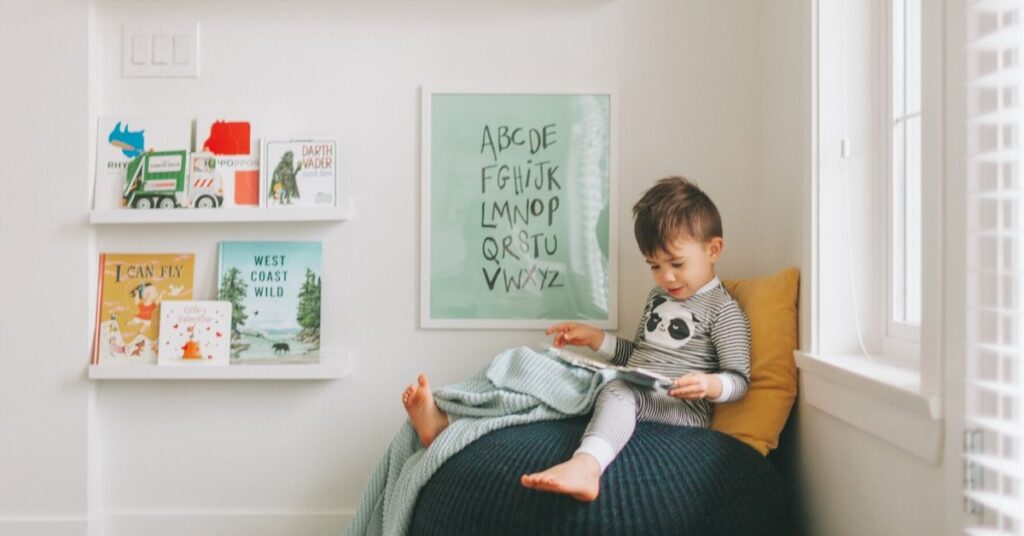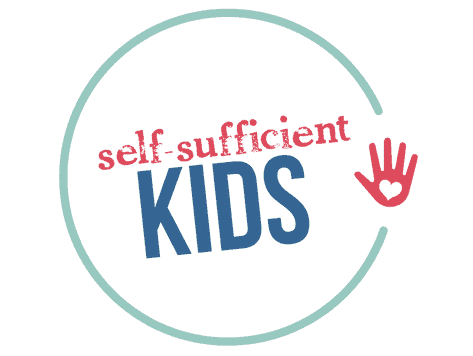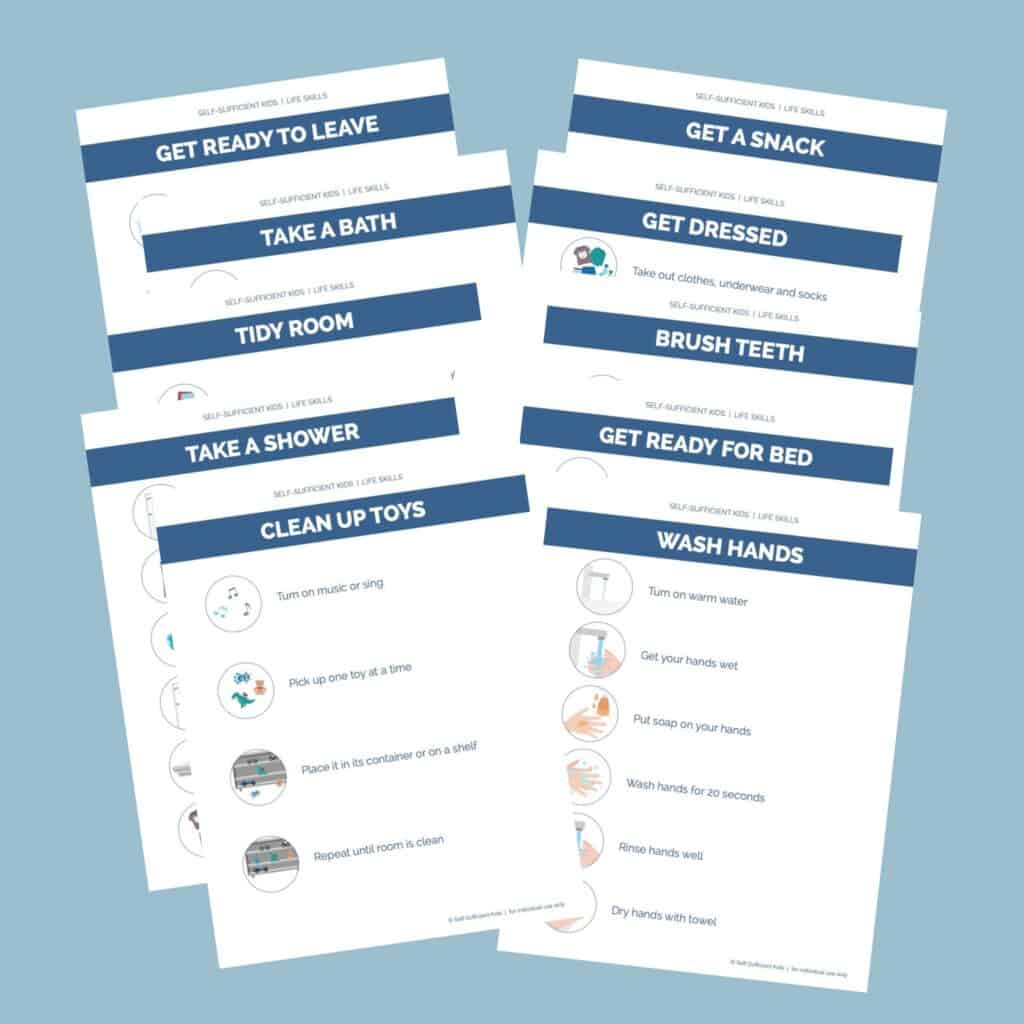How Quiet Time Can Fuel Your Child’s Creativity (And Help Your Sanity)
Research shows that quiet time can help boost mindfulness, attitude, and your child’s creativity. Here’s how to get started.

“Mom, look! A garage!”
My almost 3-year-old had taken a set of Magnatiles and built them into a tower of cubes where he parked his cars and trucks.
He had created it on his own, in his own bedroom, during a time of day both my children look forward to on a daily basis: quiet time.
When children begin to outgrow naps, parents, caregivers, physicians, and anyone willing to dole out parenting advice often preach the many virtues of quiet time. I myself am loud and vocal about how much our family loves – and let’s be honest, needs – quiet time (see here and here).
The kids get a quiet space to rest and relax (and maybe fall asleep), a break from overstimulation (and so does mom and dad), and a chance to learn how to play independently… the list of benefits goes on and on.
After a couple of years of having a daily quiet time in my home, I noticed something else: my child’s creativity and imagination were flourishing.
There’s science behind how downtime breeds creativity. And there’s a reason why giving people of all ages breaks helps things like productivity, mindfulness, and attitude.
As neurologists and researchers have found – and as detailed in Scientific American – our brains are still hard at work during downtime, but they work in different and more creative ways.
So how can we create a quiet place to both relax and rejuvenate while also fostering our child’s creativity?
Make quiet time part of your routine
My kids know that after lunch and a show, it’s up to their rooms for quiet time. Sometimes they’ll even ask for “quiet time” – especially after a string of super busy days.
That routine didn’t happen overnight. Like building any habit or routine with kids, it takes dedication and reinforcement. Here are a few ways to get started:
Pick a time that works for your family. Part of making quiet time a routine is making sure it happens around the same time every day. We naturally started having quiet time after lunch, because that’s when both kids used to take naps. By building this time into your day like this, it will be easier to be consistent about it.
Ease into the routine, especially with younger children. Explain to your kids that quiet time is to be spent in a designated space, like their bedroom or a toy room, and is a time to play or relax by oneself. Before starting quiet time, it can help to read kids a book to help them slow down and unwind. Or, you could play with them for a few minutes and then remind them that it’s now quiet time and that you can play with them again later.
Decide how long quiet time will last. In the beginning, for us, it took a lot of reinforcement and reminders that it was quiet time. Timers can help with this. Set a timer or an Ok-to-Wake clock (like this one) – anything that the kids can use to determine that there’s still time left in quiet time. Early on, it may only last 10 to 15 minutes, but as kids get used to the new routine, you can make quiet time longer. My five and two-year-old now regularly have an hour and a half to two hours of quiet time per day.
Set some rules. How long quiet time lasts is one rule. Where they can go is another. Of course, if the kids need you for some reason – help with the potty being a big one – tell them where you’ll be so they know where to find you. I also recommend reminding them that only quiet toys are allowed because who really wants them playing with an excessively loud toy like drums when it’s supposed to be quiet? And that also leads us to…
Help guide your young child through everyday tasks with these Simple Directions for Young Children Cards. Each card serves as a reminder of how to carry out a task and allows children to eventually take on tasks independently. Click here to learn more.
Take Away the Devices
Not using devices is a huge part of encouraging a child’s creativity during quiet time. While I will be the first to admit my kids have their fair share of TV and tablet time, I don’t allow technology to be used during quiet time. The reason is pretty simple: while my kids sometimes zone out during TV, downtime in their room is much more relaxing and rejuvenating when they’re encouraged to play independently. The National Sleep Foundation backs this up, claiming that the bright lights of TV can also affect sleep.
Give Them Options During Quiet Time
To make quiet time more appealing, make an offer: either they can choose to rest or instead play with a special activity. A favorite in our house is the quiet-time box (and one way I initially got my 2-year-old interested in independent play). The “quiet time box” is a rotating set of activities that can only be used during quiet time. For my five-year-old, it’s typically a set of art crafts and supplies. For toddlers, it’s more likely a set of cars or trains – even just measuring cups and feathers – that are put away in a box at the end of quiet time. The “specialness” of what is offered can go a long way in getting your kiddos excited for this time by themselves.
See related: 5 Quiet Time Activities for Preschoolers
But Also Let Them Get Bored
That said, once quiet time is a routine part of their day, don’t feel like you need to set them up with loads of activities all the time. Rather, tell them it’s quiet time and then let their imagination take them where it may! After all, research shows that boredom breeds curiosity and in turn creativity.
Given the space and the quiet, your kids will turn a Duplo or Lego set into a totally new world with their characters and figurines. They’ll solve puzzles and come up with new ways of using toys that they may have had for years. They’ll take STEM toys, like the IQ Builder, and instead of following the instructions, will create something brand new, like a closet or elevator (I speak from experience).
Quiet time is a gift… for you and for your kids. And when it’s over, go to where they are and tell them you love to see what they’ve done with their quiet time. It will not only instill confidence in them, but it will also reinforce how much fun quiet time can be.
The other day, my 2-year-old yelled down from quiet time, “Mom, me need a box!” I finished up what I was doing and brought up our latest empty box.
“What do you need it for buddy?” I asked as I handed it over.
“Aarg! Me a pirate!” he replied as he climbed into the box. Sure enough, as I went back downstairs, he started singing a song about being a pirate and sailing away.
Quiet time doesn’t take much. It doesn’t require money or even fancy gadgets. All you need is to give your kids a place and time to create, and that’s a gift that will keep on giving as they continue to grow.
See related:
Why Kids Need Time for Independent Play (and How to Make it Happen)
The Perfect Bedtime for Kids and How Long They Need to Sleep
How to Establish a Calm Morning Routine for Kids That Actually Works
7 Tips to Successfully Begin Toddler Chores
“I can do it myself!” – How to Parent (and Survive) the Independent Toddler Stage
What to do next…
1. Subscribe to Self-Sufficient Kids’ email list.
Like what you read here and want to learn more? Every Thursday I’ll send you one parenting tip about raising self-sufficient kids and creating the peaceful relationship you yearn to have with your child. Click here to sign up.
2. Take one of my quizzes!
Find out if you’re raising a self-sufficient kid (click here) or if you’re doing too much for your kids (click here). At the end of each quiz, you’ll be asked to provide your email address to see the results.
3. Get your kids started on chores.
Learn how to get your child started on chores (& keep them motivated + avoid power struggles) by enrolling in my Get Your Kids Successfully Started on Chores course. Click here to learn more and sign up.

Liz SanFilippo Hall is a work-at-home mama who runs on caffeine and Reese’s peanut butter cups. While her two kids sleep (or, when she steals a minute or two for herself), she blogs about parenting and the work-at-home life on Oops and Daises, writes her soon-to-be children’s books, and helps other mamas feel beautiful and confident through her online makeup and skincare business.



